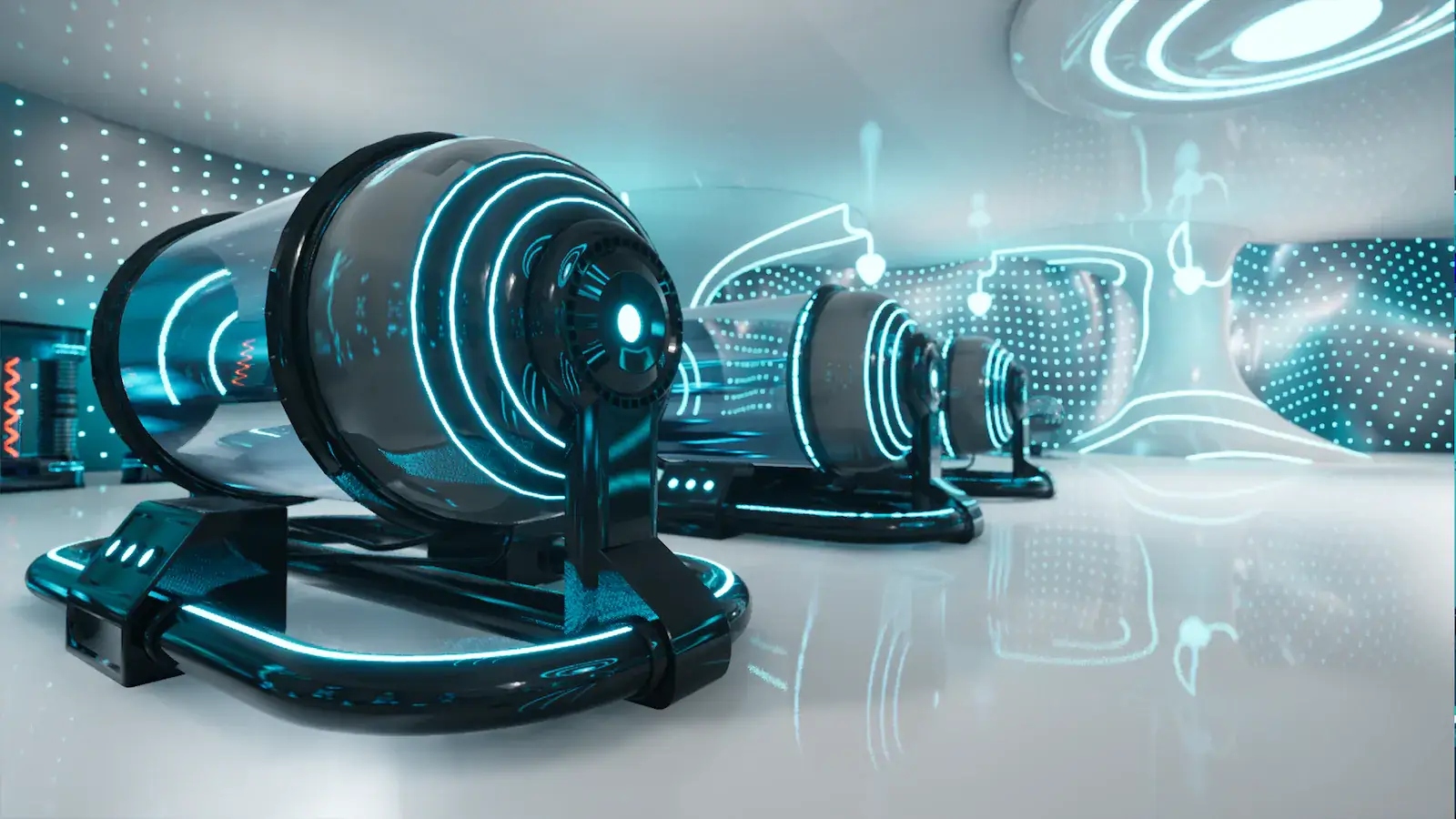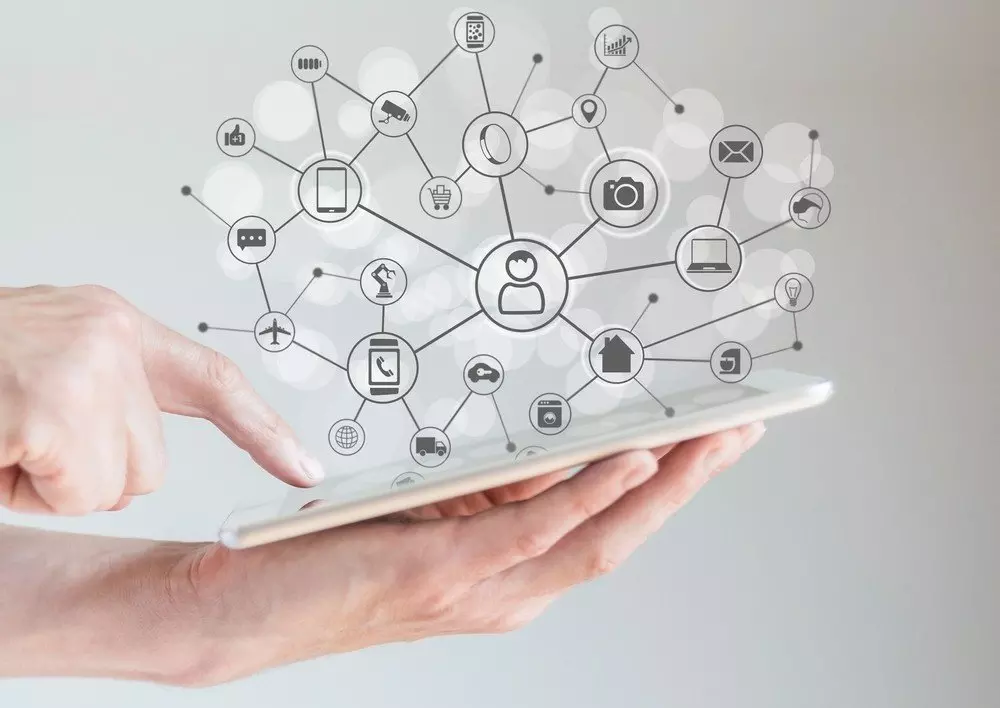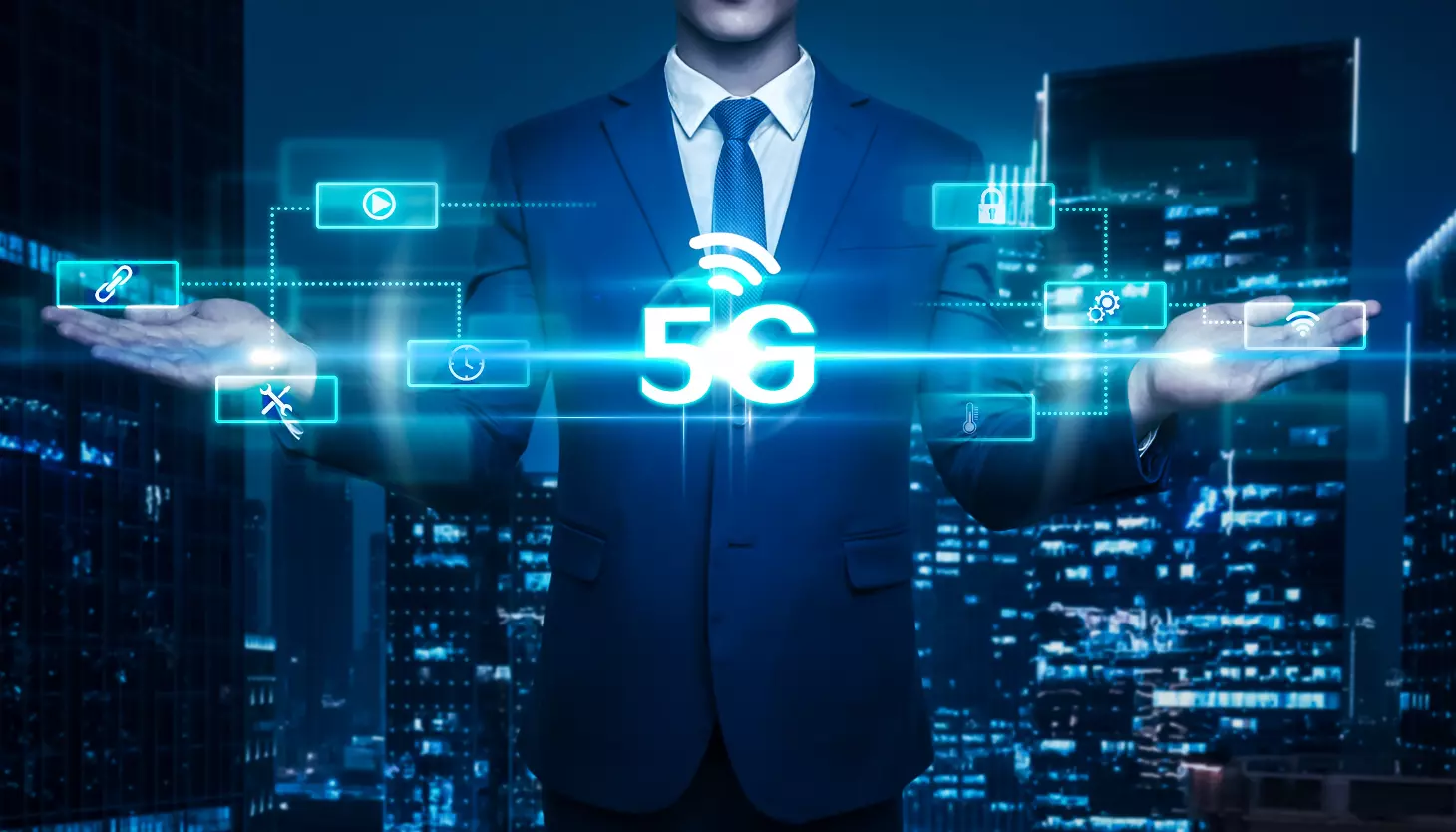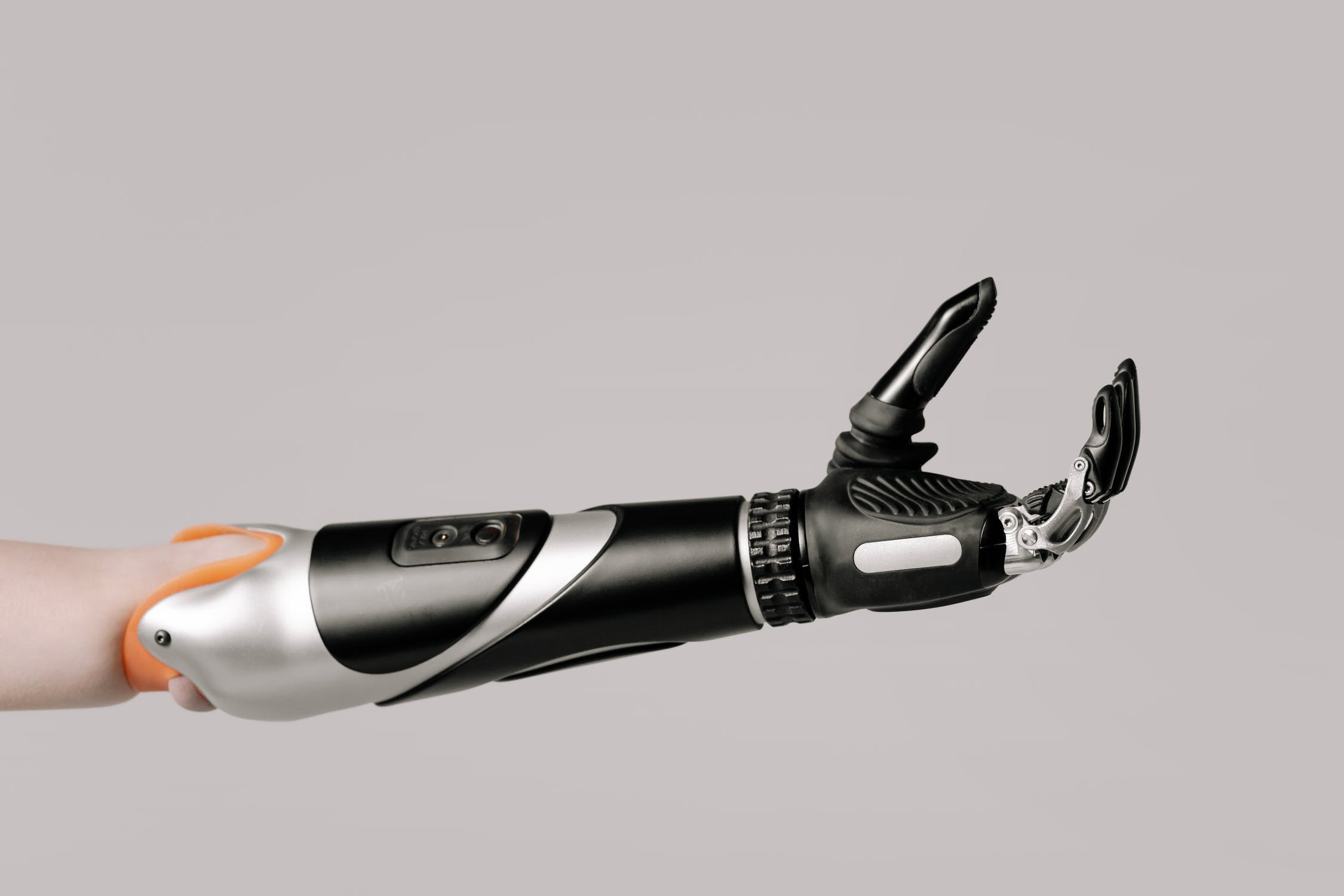Comments
- No comments found

The convergence of 5G and Internet of Things (IoT) is the next natural move for two advanced technologies built to make users' lives convenient, easier and more productive.
But before talking about how they will unite we need to understand each of the two technologies.
Simply defined; 5G is the next-generation cellular network compared to 4G, the current standard, which offers speeds ranging from 7 Mbps to 17 Mbps for upload and 12 Mbps to 36 Mbps for download, 5G transmission speeds may be as high as 20 Gbps. Latency will also be close to 10% of 4G transmission, and the number of devices that can be connected scales up significantly which warranted the convergence with IoT.
The Internet of Things (IoT) is an ecosystem of ever-increasing complexity; a universe of connected things providing key physical data and further processing of that data in the cloud to deliver business insights— presents a huge opportunity for many players in all businesses and industries. Many companies are organizing themselves to focus on IoT and the connectivity of their future products and services. IoT can be better understood by its four components: Sensors, Networks, Cloud/AI and Applications as shown in Fig.1.
Figure 1: Components of IoT
When you combine both technologies, 5G will hit all components of IoT directly or indirectly, sensors will have more bandwidth to report actions, network will deliver more information faster, for cloud and AI the case of real-time data will be reality, and applications will have more features and cover many options given the wide bandwidth provided by 5G.

With transmission’s speed that can reach 15 to 20 Gbps, we can access data, files, and programs on remote applications much faster. By increasing the usage of the cloud and making all devices depend less on the internal memory of the device, it won’t be necessary to install numerous processors on a device because computing can be done on the Cloud. Which will increase the longevity of sensors and open the door for more types of sensors with different types of data including high-definition images, and real-time motion to list a few.
5G's impact on IoT is clearly the increased number of devices that can be connected to the network. All connected devices are able to communicate with each other in real-time and exchange information. For example, smart homes will have hundreds of devices connected in every possible way to make our life more convenient and enjoyable with smart appliances, energy, security and entertainment devices. In the case of industrial plants, we are talking about thousands of connected devices for streamlining the manufacturing process and providing safety and security. In addition, the concept of building a smart city will be possible and manageable on a large scale.
In simple words, latency is the time that passes between the order given to your smart device till the action occurs. Thanks to 5G this time will be ten times less than what it was in 4G. For example: Due to lower latency the use of sensors can be increased in industrial plants, including; control of machinery, control over logistics or remote transport all is now possible. Another example, lower latency led healthcare professionals to intervene in surgical operations from remote areas with the help of precision instrumentation that can be managed remotely.

1. Operating across multiple spectrum bands
5G will not replace all the existing cellular technologies any soon, it’s going to be an option beside what we have now, and also new hardware needed to take full advantage of the power of 5G, IoT’s second component “networks” will have more options now and can deal with a wide spectrum of frequencies as needed, instead of being limited to few options.
2. A Gradual up-gradation from 4G to 5G
The plan is to replace 4G in a gradual way with all the infrastructure available now and this must be done on multiple levels and phases; software, hardware and access points. This needs big investment by both sides’ users and businesses, different parts of the nation will have different timelines to replace 4G and that will be created challenges in the services provided based on 5G, in addition the ability and desire of users to upgrade their devices to a “5G compatible “device is still a big unknown, a lot of incentives and education needed to convince individual and businesses to make the move.
3. Data interoperability
This is an issue on the side of IoT as the industry evolves, the need for a standard model to perform common IoT backend tasks, such as processing, storage, and firmware updates, is becoming more relevant. In that new sought model, we are likely to see different IoT solutions work with common backend services, which will guarantee levels of interoperability, portability, and manageability that are almost impossible to achieve with the current generation of IoT solutions. Creating that model will never be an easy task by any level of imagination, there are hurdles and challenges facing the standardization and implementation of IoT solutions and that model needs to overcome all of them, interoperability is one of the major challenges.
4. Establishing 5G business models
The bottom line is a big motivation for starting, investing in, and operating any business, without a sound and solid business model for 5G-IoT convergence we will have another bubble, this model must satisfy all the requirements for all kinds of e-commerce; vertical markets, horizontal markets, and consumer markets. But this category is always a victim of regulatory and legal scrutiny.

1. Automotive
One of the primary use cases of 5G is the concept of connected cars, enhanced vehicular communications services which include both direct communication (between vehicles, vehicle to pedestrian, and vehicle to infrastructure) and network-facilitated communication for autonomous driving. In addition to this, use cases supported will focus on vehicle convenience and safety, including intent sharing, path planning, coordinated driving, and real-time local updates. This bring us to the concept of edge computing, which is a promising derivative of cloud computing, where edge computing allows computing, decision-making and action-taking to happen via IoT devices and only pushes relevant data to the cloud, these devices, called edge nodes, can be deployed anywhere with a network connection: on a factory floor, on top of a power pole, alongside a railway track, in a vehicle, or on an oil rig. Any device with computing, storage, and network connectivity can be an edge node. Examples include industrial controllers, switches, routers, embedded servers, and video surveillance cameras.”, 5G will make communications between edge devices and cloud a breeze.
2. Industrial
The Industrial Internet of Things (IIoT) is a network of physical objects, systems, platforms and applications that contain embedded technology to communicate and share intelligence with each other, the external environment and with people. The adoption of the IIoT is being enabled by the improved availability and affordability of sensors, processors and other technologies that have helped facilitate capture of and access to real-time information.5G will not only offer a more reliable network but would also deliver an extremely secure network for industrial IoT by integrating security into the core network architecture. Industrial facilities will be among the major users of private 5G networks.
3. Healthcare
The requirement for real-time networks will be achieved using 5G, which will significantly transform the healthcare industry. Use cases include live transmission of high-definition surgery videos that can be remotely monitored. The concept of Telemedicine with real-time and bigger bandwidth will be reality, IoT’s sensors will be more sophisticated to give more in depth medical information of patients on the fly, for example a doctor can check up and diagnostic patients while they are on the emergency vehicle in the way to the hospital saving minutes that can be the difference between life and death. 2020’s pandemic taught us the significance of alternative channels of seeing our doctor beside in person, and many startups created apps for telemedicine services during that period, 5G will propel the use of such apps and make our doctor visits more efficient and less waiting.
Ahmed Banafa is an expert in new tech with appearances on ABC, NBC , CBS, FOX TV and radio stations. He served as a professor, academic advisor and coordinator at well-known American universities and colleges. His researches are featured on Forbes, MIT Technology Review, ComputerWorld and Techonomy. He published over 100 articles about the internet of things, blockchain, artificial intelligence, cloud computing and big data. His research papers are used in many patents, numerous thesis and conferences. He is also a guest speaker at international technology conferences. He is the recipient of several awards, including Distinguished Tenured Staff Award, Instructor of the year and Certificate of Honor from the City and County of San Francisco. Ahmed studied cyber security at Harvard University. He is the author of the book: Secure and Smart Internet of Things Using Blockchain and AI.
Leave your comments
Post comment as a guest